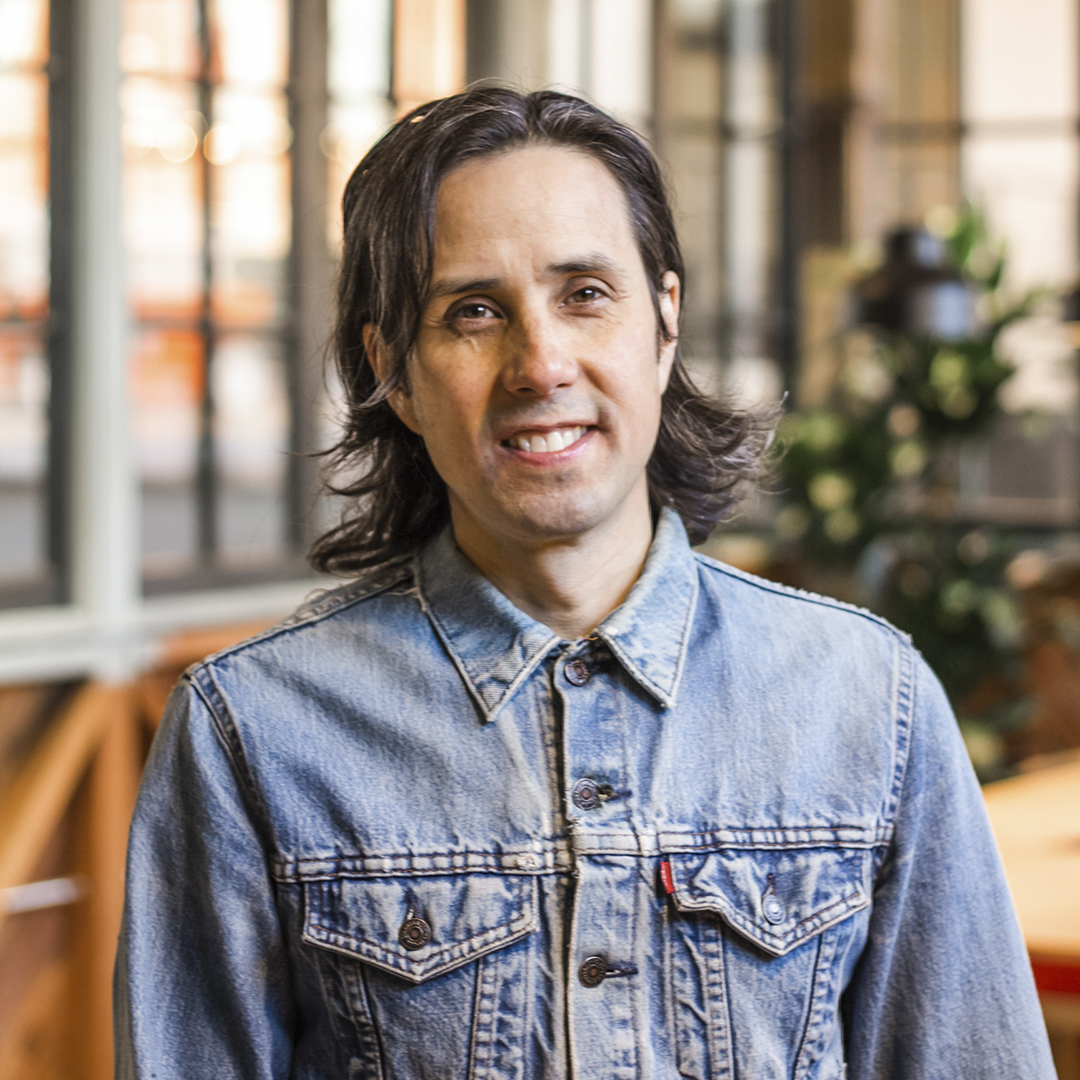|
Getting your Trinity Audio player ready...
|
The first time David Smith worked for SunTrust, he was on the business side. Fifteen years later, he returned as vice president of construction project management, corporate real estate, and workplace. Today, he oversees retail construction project management in the southeast for Truist, the new entity formed from the merger of SunTrust and BB&T—the largest bank merger in the US since 2004.
Smith literally built his way from business to construction work. While working for a software consulting firm, implementing bank software, he and his wife bought a new house with the intention to renovate it, but the project didn’t go as planned. “It ended up being a piece of junk, so we ended up bulldozing it,” he recalls. Smith, working as the general contractor, built an entirely new house from the ground up.
Smith learned construction at home from his dad. “Nothing got built around our house if we didn’t build it ourselves. He had built his own house, so if there was an addition to be made, we would build it,” he remembers.

Smith’s own home construction was a wake-up call. “After doing that, I thought, I really don’t like software, it’s not my thing, I don’t like computers that much,” he says. “I really enjoyed building that house.”
After this epiphany, Smith enrolled in commercial construction management classes and quickly took a position as a project engineer. He eventually landed at Lincoln Harris, where he became the outsourced provider, building new corporate space as well as building and renovating branches for SunTrust. After several years, he went in-house at SunTrust, working with Lincoln Harris to oversee all of the bank’s renovations, corporate projects, and new builds.
Now that SunTrust has merged with BB&T, the bank’s number of facilities has increased dramatically. In his new role, Smith oversees about 200 projects a year—roughly the same volume he oversaw at SunTrust but focused exclusively on about 1,300 of what are now more than 2,000 retail branches.

“Combining several thousand branches under one banner will be quite exciting,” Smith says. “Everybody has their own way of doing things, so combining those to create a best-of-breed in the way we manage our projects is going to be exciting.”
Smith is also energized by the challenge of updating and rebranding the branches. “We have a tremendous amount of work to merge the two companies into a single brand, and the real estate into a single brand—just the volume we’re going to be dealing with,” he says.
From his years in construction, Smith has seen and learned a lot—including that you can never know it all. “You think you have a pretty good grip on your role, expectations of projects, that you have a good understanding of what you think is going to happen,” he says, but that experience only goes so far. “There’s constantly new challenges, things you never saw coming.”
When things go wrong, Smith prefers not to waste time pointing fingers. “My first instinct has never been to assign blame, but instead to pull everyone together, as a team, to work out a timely resolution to the issue and keep the project moving,” he says, recalling an owner’s representative who said, “We can print more money, but we cannot print more time.”
That isn’t to say that issues won’t be addressed. Smith tries to pinpoint the root of the mistake and also asks himself what he as the leader could have done differently to prevent it. “But I have seen teams spend so much time working to assign responsibility that they lose sight of the end goal and fail to resolve a situation in a timely manner,” he says. “They end up further impacting their budgets and schedules negatively.”
When new challenges arise, Smith often calls on his network of architects, other general contractors, and building owners for advice. “Having people you feel comfortable reaching out to, who are trusted advisors—I think that’s an important part of a network,” he says. “My networking is less for, ‘What’s my next role, what’s my next job?’ It’s more for the knowledge my network brings.”
Smith did benefit professionally from his network early in his career. While he was serving as a project engineer, the superintendent on the project went out of his way to help Smith get promoted. Smith paid it forward years later. “We had a project manager who I thought was exceptional, and I reached out to his leadership and said—because I knew there was a management role coming up—‘This is somebody you really need to evaluate for that role,’” he says. He also encouraged the candidate, who hadn’t before considered applying. “He’s in that role now, and he’s outstanding,” Smith says.
Smith is happy he made the move to construction. “It’s a great career,” he says. He recommends anyone interested in project management to spend hands-on time in the field, and while there, observe and absorb the experience of others. “There are literally hundreds of years of experience—from the plumbers to the carpenter, electricians, concrete foreman, etc.—from which you can learn, if you are willing to ask the questions and pay attention.”


